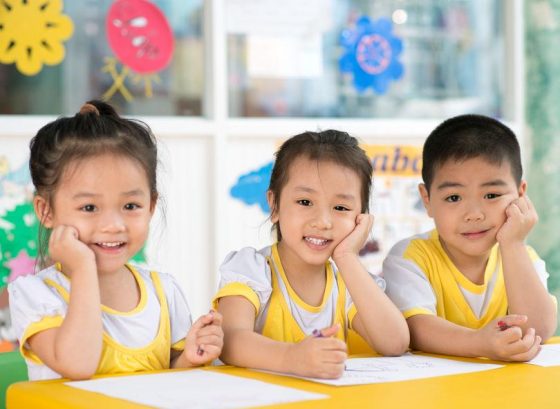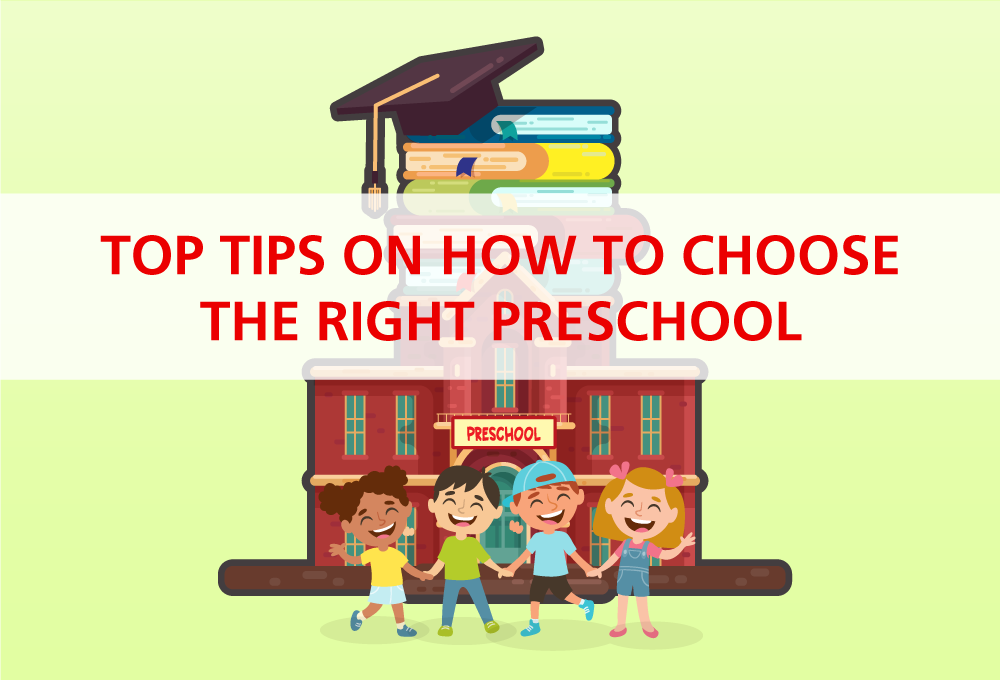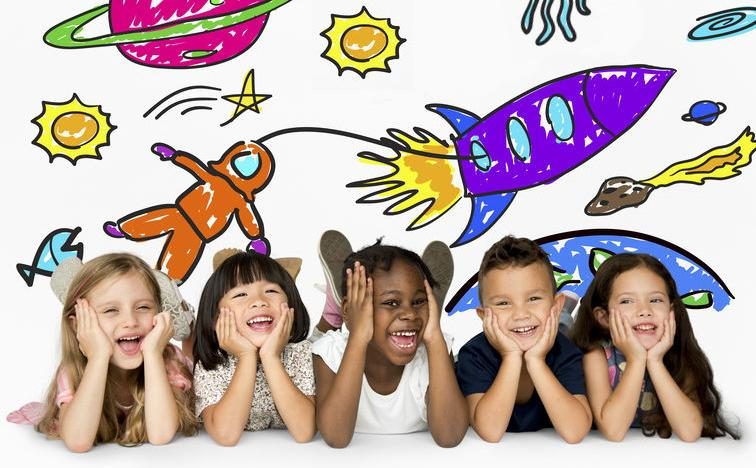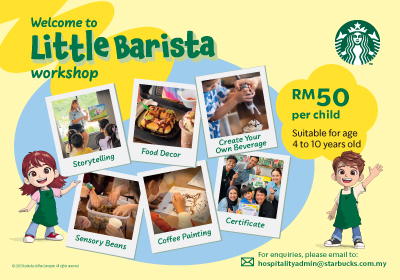10 Points To Ponder When Choosing A Preschool
by on 12/08/2020 10603

 The teachers: Before we get to the nitty-gritty, an ideal preschool should be with teachers who have educational backgrounds, relevant training and experience working with young children. Helpful and experienced teachers interact in a positive way with young children, and know how to encourage learning and interaction. If you’re sure about this fact in a prospective preschool, half your dilemma is out of the way.
The teachers: Before we get to the nitty-gritty, an ideal preschool should be with teachers who have educational backgrounds, relevant training and experience working with young children. Helpful and experienced teachers interact in a positive way with young children, and know how to encourage learning and interaction. If you’re sure about this fact in a prospective preschool, half your dilemma is out of the way.

1 |
IS THERE ENOUGH PLAYTIME?Young children need at least two or three hours a day of playtime. Play can be unstructured or guided by the teacher who creates themes for games or helps children tell stories as they play. In an ideal preschool set-up, the program should be able to meet this requirement.
|
2 |
CAN PARENTS (OCCASIONALLY) OBSERVE?Preschools should have nothing to hide! The fact remains that parents know their kids best and hence can quickly identify whether their child is successfully interacting with peers or has problems participating in class. Occasionally allowing parents to observe would lead to open and honest communication between the parents and the teachers, which is critical for a successful preschool experience. On the flipside, parents should be provided with clear instructions on the best ways to communicate with teachers and with the school establishment. When in a classroom, parents need to respect the teacher’s profession, which is teaching and helping children overcome anxiety and learning issues. Meetings with parents and teachers need to be outside of the classroom and not during class time. The best preschools also offer opportunities for parents and teachers to get together in order to discuss development and any other issues that may be arising in the classroom. This meeting should ideally take place every other month.
|
3 |
WHAT’S IN A DAY’S PROGRAM?Every good preschool needs an organized curriculum with focused themes that change every now and then. While there’s nothing wrong with surprises, for the best learning interest of young children though, they will need to be presented with an overriding plan for the day, every day. Many, if not all modern preschools have the following components: Circle time. Circle time helps kids share ideas with each other. They talk about particular subjects that help develop moral character and kindness in others. The subject of discussion are usually pre-picked by the teacher. Circle time also offers an opportunity for students to express whatever is on their mind. Center time. Structured around different spaces in the classroom and activities that occur in those areas. Some preschools may include a “science” area, for example, to teach the young ones about basic science. Blocks are another popular ‘center’ with children. Free time or choice time. This allows children an opportunity to explore the classroom, finish a project, or simply chill with their friends. Children should be able to choose if they want to return to centers, sit quietly near the book corner, or go outside. There should be enough staff to monitor children both indoors and outdoors at any given time.
|
4 |
MUSIC AND ARTMost ideally, a preschool day or week should encompass music and creative arts. Music allows a child to practice rhythm, sounds and phonology. They learn to express themselves through music, dance and song. Creative arts are essential because preschoolers learn to write or draw their ideas, which improve literacy as well as narrative skills. Some schools hire music and art therapists who can offer support to their music and art teachers for the ultimate benefit of the students.
|
5 |
SAFE STRUCTURES FOR OUTSIDE TIMEOutdoor time offers not only a spot of fresh air but also opportunities for imaginative play, a chance to communicate with peers, and an increased sense of awareness of the natural environment. Children also need to run around and release pent-up energy. When they are allowed to do this, they’ll be more receptive and appreciative of classroom time. Check that the playground structures are made of materials that are non-toxic and durable enough to withstand all kinds of weather. They should include safe tube slides, sandboxes, small swings, and also monkey bars to hang on. Preschool playgrounds should ideally have lots of balls, sponge bats, and things to throw back and forth.
|
6 |
PROVISION FOR SENSORY EXPERIENCESPreschoolers should have plenty of sensory-type activities, such as a water table or access to sand or clay. Many preschoolers have the need for “deep pressure,” that is, the need to dive under a beanbag or a cushion or cover up with blankets. Other children need to bounce on a small trampoline or swing to relieve stress. Some may want small objects to fidget with during times when they feel the need. Inquire on the kind of sensory-type activities the preschool has to offer for its little students.
|
7 |
ARE THERE ANY PARENT GROUP OR MEETINGS?Group meetings can help parents learn from each other and develop a sense of school community. Parents can surely do with different perspectives and opinions when they are raising a typical preschooler, and they can exchange ideas with other parents who are facing the same challenges
|
8 |
CHILDREN AND TEACHERS RATIO IN CLASS?The lower the teacher-child ratio, the more time an educator will have to give children individual attention when they need help in the classroom. They will also have more time to solve classroom problems and develop curriculum materials. With a low ratio, the classroom should have a sense of order, and a teacher too will be at a better shape of mind to teach.
|
9 |
TEACHERS ACCOMMODATION TO LEARNING STYLESNo two students are the same when it comes to learning. Some may need more structured lessons, while others may need an environment that promotes more free play. If your child is shy and sensitive, she may need one-on-one encouragement to engage with peers. If you have already identified what your child needs, ask if the preschool can accommodate it.
|
10 |
SECURITY MEASURES OF THE SCHOOLThe safety and well-being of your child should be of upmost priority, so never hesitate to inquire on a preschool’s employee screening procedures for your peace of mind. Also inquire on the school’s procedures on keeping children safe from strangers and other dangers too. Ensure that the school observes procedures on who can and cannot pick up your child from school or during school, for that matter.
|
This article is taken from Smart Kids World Vol. 07




















